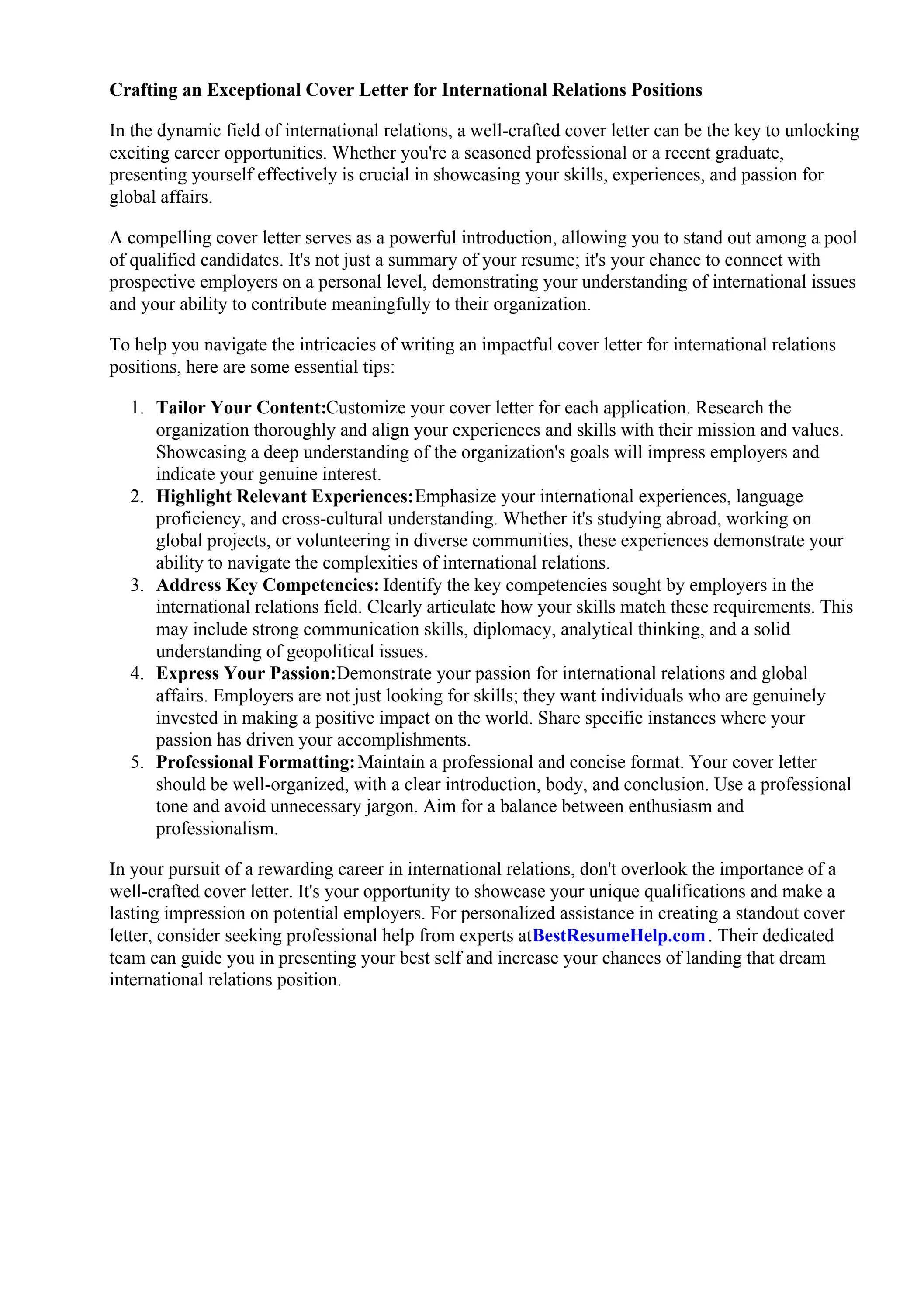Understanding the Importance of Cover Letters
In the competitive field of international development, a well-crafted cover letter is often the key to unlocking your dream job. More than just a formality, a cover letter serves as your first impression, providing an opportunity to showcase your passion, skills, and experience in a way that a resume alone cannot. It allows you to connect your qualifications directly to the specific requirements of the position and the values of the organization. A strong cover letter can significantly increase your chances of getting noticed by hiring managers and securing an interview, setting the stage for your future contributions to global progress. Understanding the importance of a cover letter is the first step towards crafting one that effectively communicates your value proposition.
Why Cover Letters Matter in International Development
The international development sector is unique, with organizations seeking candidates who not only possess the necessary skills but also demonstrate a genuine commitment to their mission. Cover letters are vital because they allow you to articulate your motivations, explain your understanding of the sector’s challenges, and illustrate how your skills align with the organization’s goals. This is especially crucial as roles often involve complex problems and require more than just technical proficiency; they demand cultural sensitivity, adaptability, and a deep understanding of the communities served. A cover letter provides the space to tell your story and demonstrate why you are the right fit for a specific role, which is something a resume might fail to convey effectively.
How Cover Letters Help You Stand Out
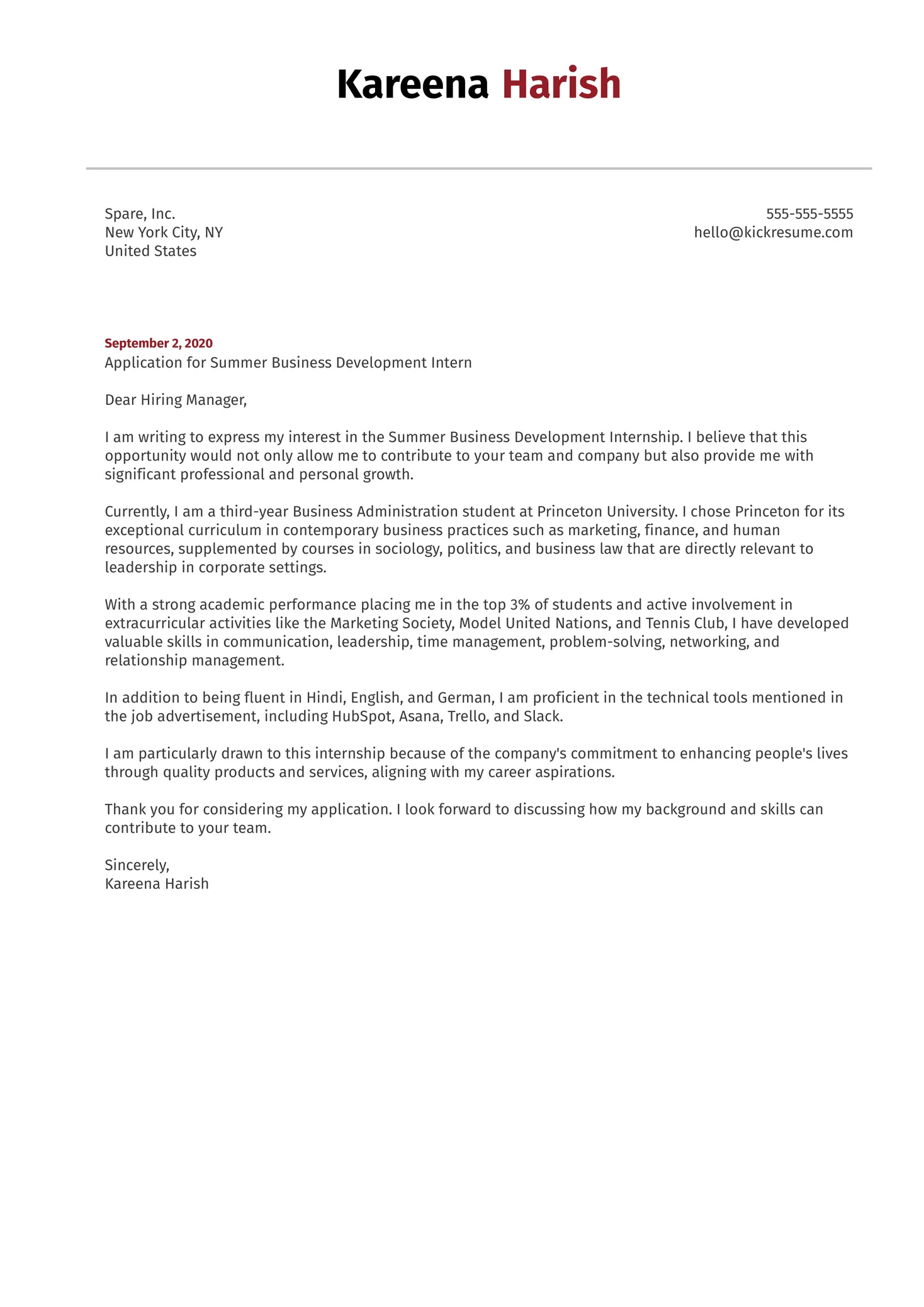
In a sea of applicants, a cover letter gives you the chance to stand out from the crowd. By personalizing your letter to the specific job and organization, you demonstrate that you’ve taken the time to understand their needs and tailor your application accordingly. Highlight relevant experiences, and showcase how your unique combination of skills, experiences, and passion makes you an ideal candidate. You can also use the cover letter to address any potential gaps in your resume, explain career transitions, or share your unique perspectives. This individualized approach helps hiring managers see beyond your qualifications to the real person behind the application, which can be a decisive factor in moving your application forward.
Key Components of a Winning Cover Letter
A compelling cover letter includes several key components designed to capture attention and convey your suitability for the role. Begin with your contact information and a professional salutation. Craft a strong opening paragraph that grabs the reader’s attention, followed by body paragraphs that highlight your relevant skills and experiences. It is crucial to showcase your achievements and quantify your accomplishments whenever possible. Furthermore, demonstrating your passion for international development and tailoring your letter to each job are essential. The closing paragraph should summarize your interest and express your gratitude, including an offer to follow up. These elements, when combined effectively, create a cover letter that is both informative and persuasive.
Contact Information and Professional Salutation
Start with your full name, phone number, email address, and optionally, your LinkedIn profile URL. This allows the hiring manager to easily contact you. Following this, the salutation should address the hiring manager by name, if possible. Researching the name of the hiring manager shows initiative and personalizes your letter. If the name is unavailable, use a formal greeting, such as “Dear Hiring Manager.” Avoid generic greetings like “To Whom It May Concern,” which can make your letter feel impersonal and less engaging. Ensure the salutation matches the tone of the organization; if they are formal, keep the tone aligned.
Writing a Compelling Opening Paragraph
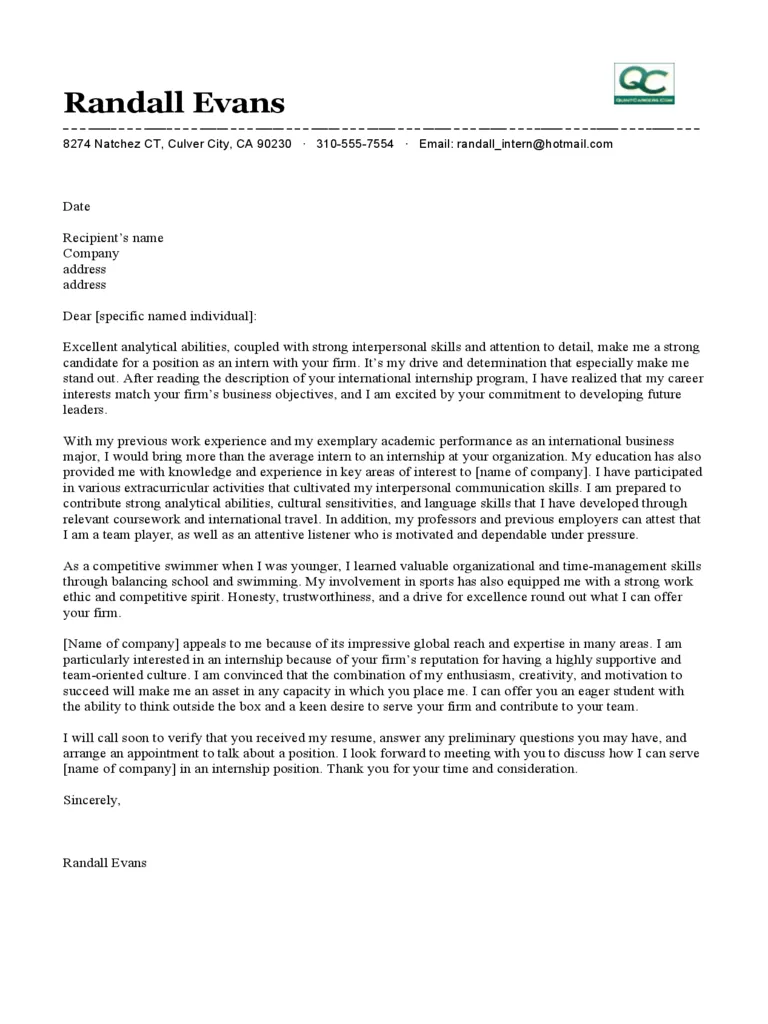
The opening paragraph is your first opportunity to make a strong impression. Start with a concise statement that clearly states the position you are applying for and where you found the job posting. Briefly explain why you are interested in the role and the organization. Consider including a hook, such as a brief anecdote, a compelling statement, or a reference to something specific about the organization or the role that caught your attention. This introductory paragraph sets the tone for your entire letter and immediately communicates your enthusiasm and understanding of the opportunity. Its ability to grab attention will decide if the hiring manager reads your cover letter entirely.
Highlighting Your Relevant Skills and Experience
The body of your cover letter should highlight the skills and experiences that align with the job description. Read the job posting carefully and identify the key requirements. Then, select the most relevant experiences from your background and discuss them. Use specific examples that demonstrate how you have successfully applied your skills in the past. Instead of simply listing your skills, explain how you utilized them to achieve results. Quantify your achievements whenever possible, and demonstrate how your skills will benefit the organization. This section is about matching your qualifications with the needs of the employer to highlight your value.
Showcasing Your Achievements
Focus on achievements rather than just responsibilities. When describing your past roles and experiences, highlight what you accomplished. Use action verbs to describe your contributions and quantify your successes whenever possible. For example, instead of saying “Managed projects,” say “Managed three projects, delivering them on time and within budget.” Or, “Increased program efficiency by 15% through improved data analysis.” Showing your achievements clearly demonstrates the value you can bring to the new role. When focusing on your accomplishments, use the STAR method (Situation, Task, Action, Result) to structure your examples.
Quantifying Your Accomplishments
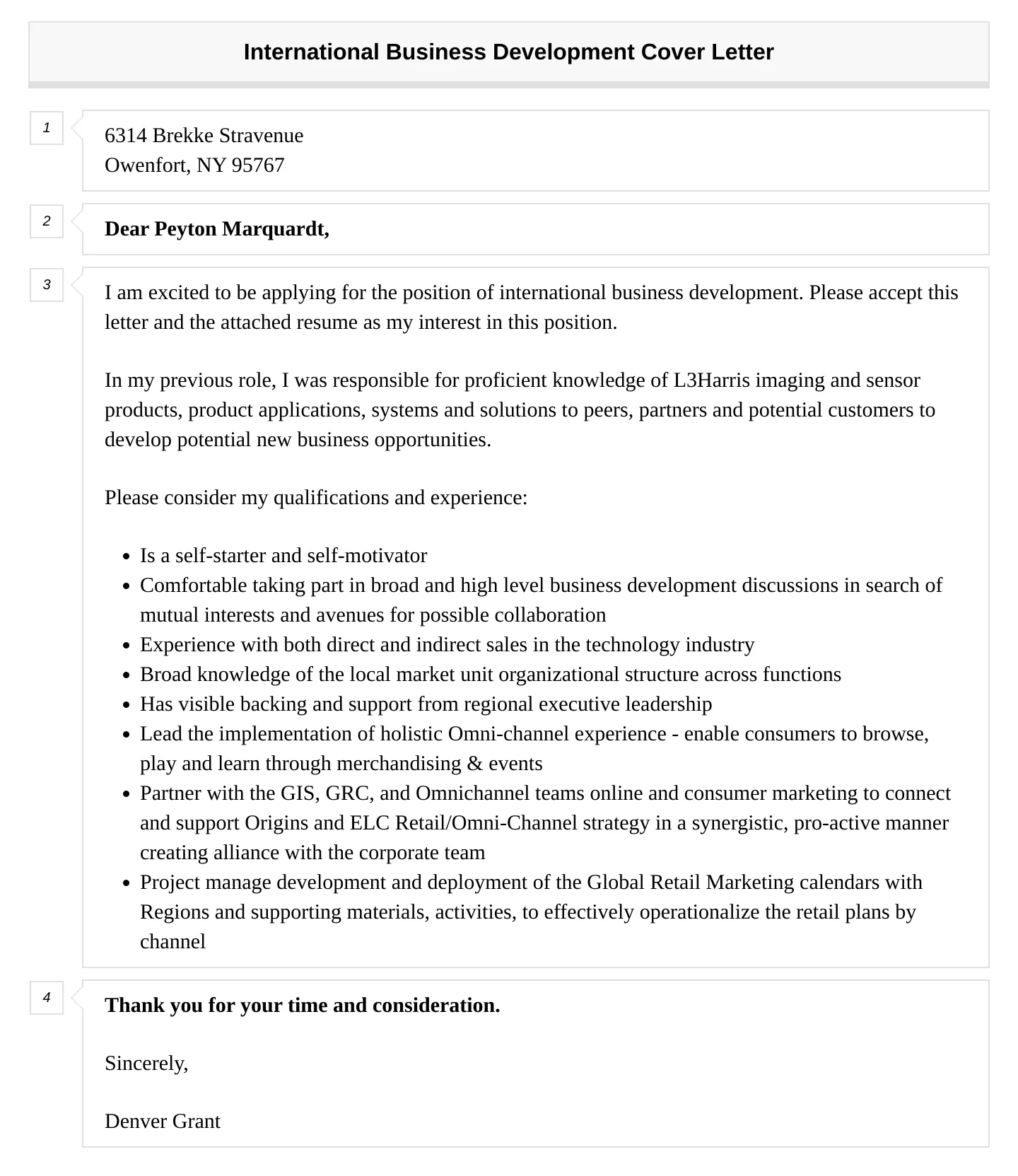
Numbers and data provide concrete evidence of your accomplishments. Whenever possible, use numbers to quantify your achievements. For example, instead of saying “Improved fundraising efforts,” state “Increased fundraising revenue by 30% in one year.” Or, “Reduced project costs by 20% through strategic resource allocation.” Data supports your claims and illustrates the real-world impact of your actions. This level of detail demonstrates to the hiring manager the tangible benefits that you can bring to the organization.
Demonstrating Your Passion for International Development
International development professionals must exhibit passion for their work. Explicitly demonstrate your passion for the field. Explain why you are interested in international development, what motivates you, and what specific issues or areas you care about. Connect your personal values and career goals to the organization’s mission. Describe your previous involvement in projects or initiatives and the impact they had. Your enthusiasm will show you are more than just qualified – that you’re also genuinely invested in making a difference, which is essential in the sector.
Tailoring Your Cover Letter to Each Job
Generic cover letters are easily identified and often discarded. Customize each cover letter to the specific job. Review the job description meticulously and highlight the most relevant skills and experiences. Use the keywords and phrases from the job posting in your cover letter. Show that you understand the role, the organization’s mission, and the challenges they face. This targeted approach shows you are genuinely interested in the position and have taken the time to understand the requirements, making a compelling case for your candidacy.
Researching the Organization and Role
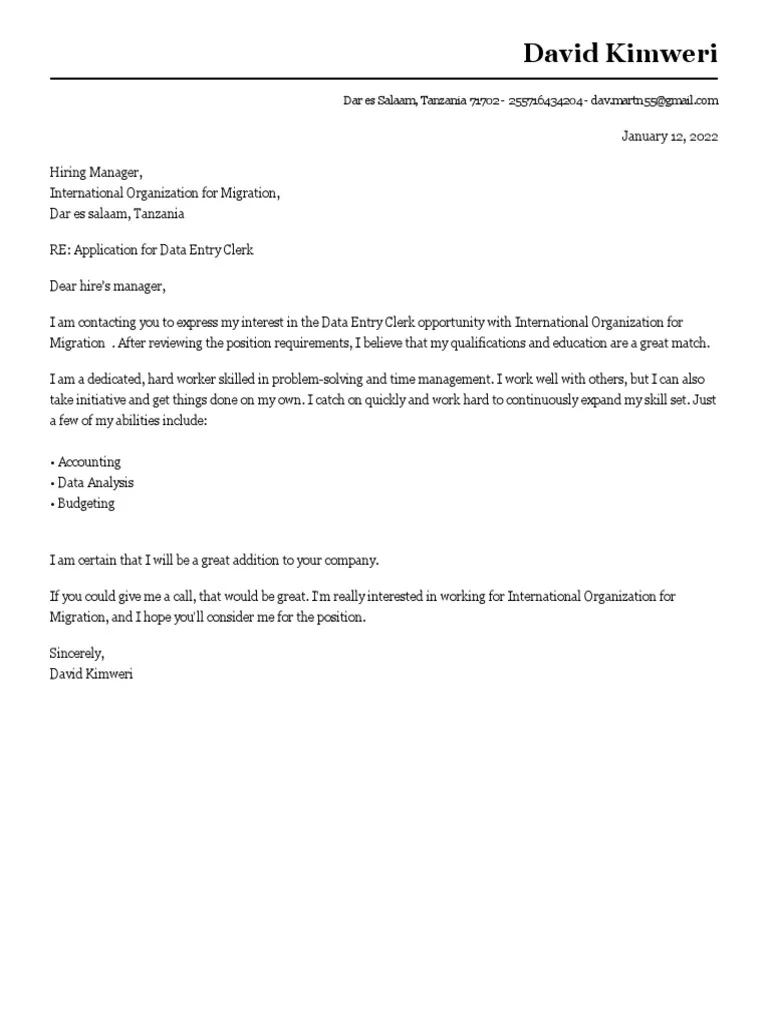
Before you write your cover letter, conduct thorough research on the organization and the role. Visit their website, read their mission statement, and learn about their recent projects and initiatives. Understand their values, culture, and strategic priorities. If possible, research the hiring manager and learn about their background. This knowledge will help you tailor your cover letter to demonstrate your understanding of their specific needs and show that you are a good fit for the organization’s culture. The more informed you are, the stronger your application will be.
Matching Your Skills to the Job Description
Identify the key skills and qualifications listed in the job description. Then, review your experience and identify instances where you have demonstrated these skills. Provide specific examples of how you’ve used these skills to achieve positive results. This approach highlights the relevance of your experiences and helps the hiring manager connect your capabilities to the requirements of the role. Make sure the alignment is clear, and focus on these points to establish you’re a good fit.
Formatting and Style Tips
The visual presentation of your cover letter is just as important as the content. Use a clear, professional font like Times New Roman, Arial, or Calibri, in a readable size (e.g., 11 or 12 points). Ensure your letter is well-formatted with appropriate margins (1 inch is standard) and spacing (single-spaced with a space between paragraphs). Keep the letter concise, ideally within one page. Use headings and bullet points to organize information and make it easy to read. The goal is to create a document that is both visually appealing and easy to navigate. Formatting makes the letter easier to understand.
Formatting Guidelines
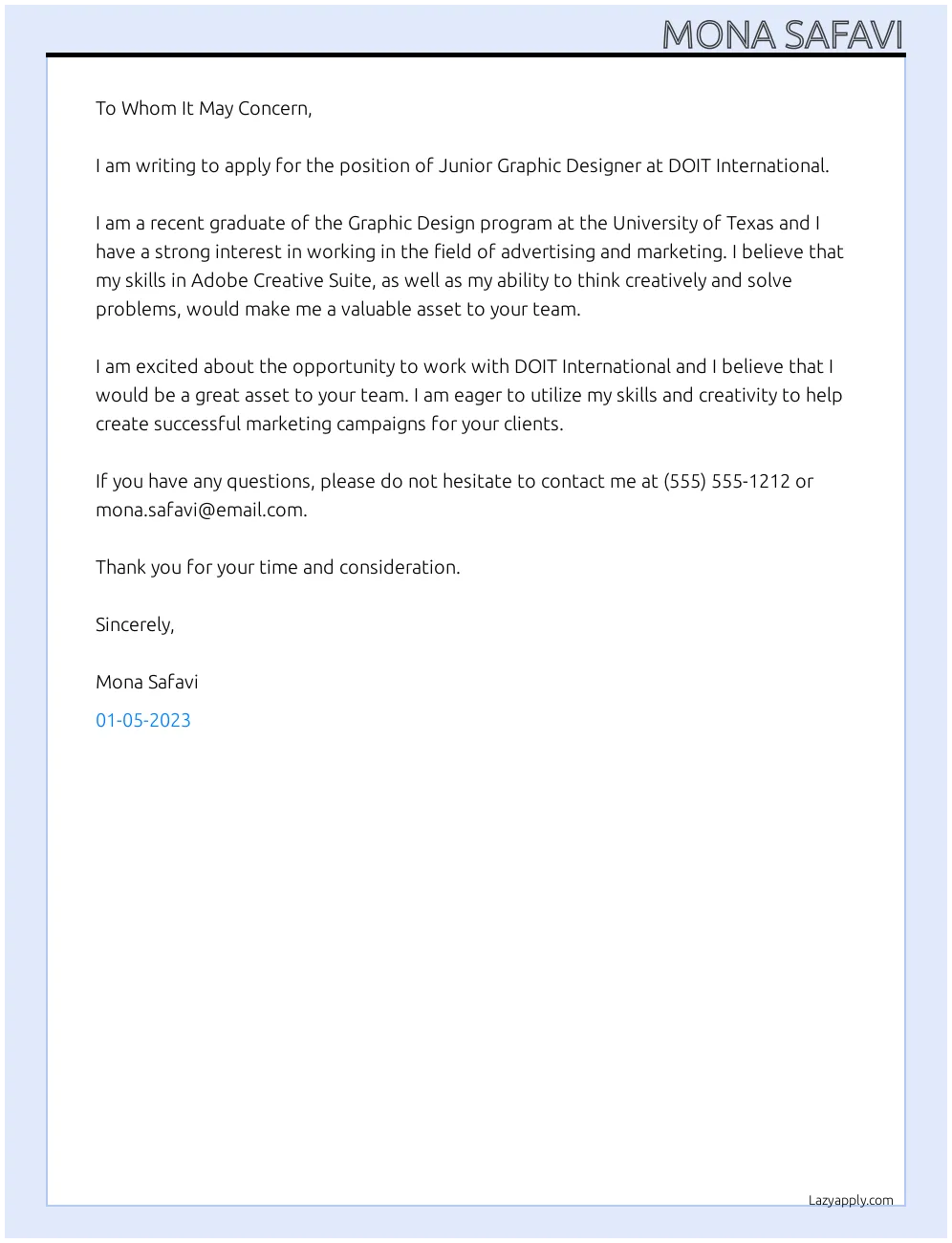
Adhere to the standard formatting guidelines to ensure your cover letter is easily readable. Use a professional font and maintain consistent formatting throughout the document. The margins should be set to 1 inch on all sides. Use single spacing within paragraphs and double spacing between paragraphs. Use left alignment for the text unless you have a specific reason to center the text. Be consistent with your use of bolding, italics, and other formatting options to highlight key information. Finally, ensure there are no errors in spacing, indentation, or alignment.
Maintaining a Professional Tone
The tone of your cover letter should be professional, respectful, and enthusiastic. Use formal language, avoid slang, jargon, and contractions. Proofread carefully to ensure there are no grammatical errors or typos. Keep a positive and confident tone while being humble and not overstating your capabilities. Demonstrate a clear understanding of the role and the organization’s mission. Your cover letter is a reflection of your professionalism, so maintain a tone that aligns with the values and culture of the organization.
Proofreading and Editing Your Cover Letter
Before submitting your cover letter, proofread it meticulously. Check for grammatical errors, typos, and inconsistencies. Use a grammar checker, but also read the letter aloud to catch errors that automated tools might miss. Ask a friend, family member, or career advisor to review it for clarity, flow, and overall impact. Ensure that the formatting is consistent and professional. Proofreading is crucial; errors can damage your credibility, so this stage is one of the most important in the entire cover letter creation process.
Common Mistakes to Avoid

Several common mistakes can undermine your cover letter. Avoid using generic language that could apply to any job. Do not make the cover letter too long; aim for one page. Ensure you avoid typos and grammatical errors as they demonstrate a lack of attention to detail. Avoid negative language or complaining about past employers. Never re-use the same cover letter for different jobs without tailoring it. The most common mistakes are easily fixable, so you should always carefully review your cover letter.
Ignoring the Job Description
One of the most significant errors is failing to tailor your cover letter to the job description. The job description outlines the specific skills, experience, and qualifications the employer is seeking. If your cover letter does not directly address these requirements, it will likely be overlooked. The content should match the job description’s keywords, highlight your relevant experience, and show how you meet the organization’s needs. To avoid this, review the job description carefully and use its language to highlight your suitability.
Using Generic Language
Generic cover letters that could apply to any job rarely stand out. Avoid using phrases like “I am a hard worker” or “I am a team player” unless you provide concrete examples to support your claims. Instead of stating generic qualities, provide specific examples of how you have demonstrated these qualities in the past. Generic language gives the impression that you haven’t taken the time to understand the role or the organization. Always personalize your cover letter and highlight what makes you unique and the right fit for the specific role.
Making Typos and Grammatical Errors
Typos and grammatical errors can severely damage your credibility. They indicate a lack of attention to detail and professionalism. Always proofread your cover letter carefully. Use a grammar checker, but don’t rely solely on it; read the letter aloud to catch errors. Ask a friend or career advisor to review your letter. Proofreading is the final opportunity to ensure your cover letter is polished and presents you in the best possible light. A flawless cover letter is essential for making a positive first impression.
Writing a Strong Closing
The closing paragraph is your final opportunity to reinforce your interest and leave a lasting impression. Summarize your interest in the position and reiterate why you are a good fit. Express gratitude for the reader’s time and consideration. Include a call to action; specifically, state your willingness to discuss your qualifications further and offer to provide additional information if needed. A strong closing should be both confident and professional, reinforcing your enthusiasm and making it easy for the hiring manager to contact you.
Expressing Gratitude and Offering to Follow Up
Always express your gratitude for the hiring manager’s time and consideration. A simple “Thank you for your time and consideration” is often sufficient. Show that you are enthusiastic about the opportunity and interested in further discussions. Offering to follow up demonstrates your initiative and commitment. You can end by stating, “I am eager to discuss my qualifications in more detail and can be reached at [your phone number] or [your email address]. I look forward to hearing from you.” This closing shows you are engaged and proactive.
Next Steps After Submitting Your Cover Letter
After submitting your cover letter, there are several steps to consider. First, follow the instructions provided in the job posting. If the posting specifies how to follow up, do so. If not, consider sending a brief, polite email or making a phone call, typically within one to two weeks. Be prepared to answer questions about your qualifications and experience. You should also be prepared to conduct additional research on the organization, review your application materials, and prepare for an interview. Regardless of whether you get the job, use this experience as a learning opportunity to refine your job application skills.
